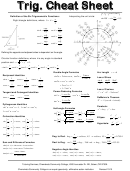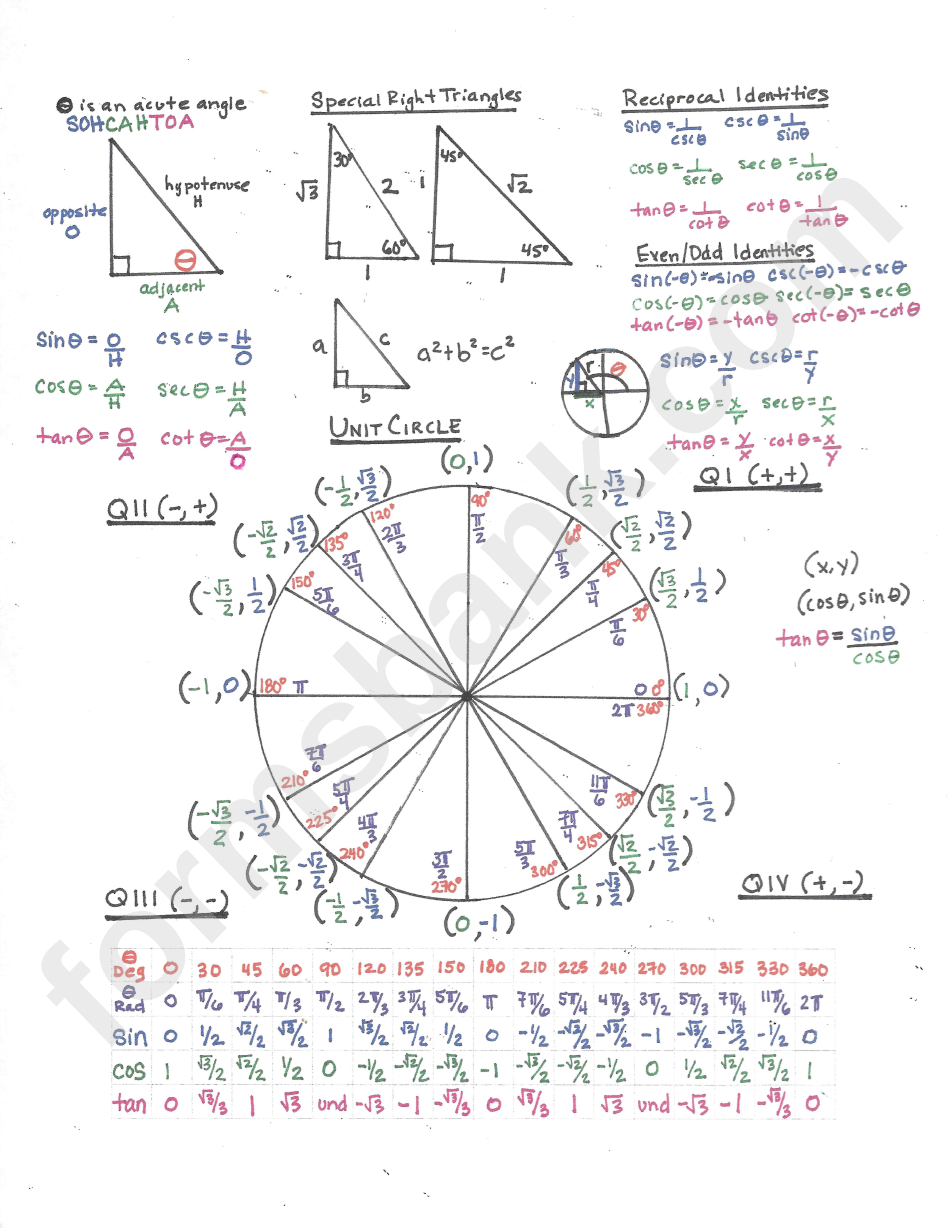

Simplify the integral using whatever methods you need to, then integrate. Make sure you replace all of the x values with a value in terms of theta, and don’t forget to replace your dx with something that includes dtheta.ĥ. This process is the same every time, and it’s about finding u and a, setting up your substitution values, and finding other values like what to substitute for dx.Ĥ. Depending on the value in your integral, it’ll be a sine substitution, tangent substitution, or secant substitution.ģ. Make sure you can’t use a simpler method to solve the integral, and make sure that you have one of those a^2, u^2 values in your integrand.Ģ. Here are the steps you always want to take in order to solve a trigonometric substitution problem:ġ.



Back-substitute to put the integrated value back in terms of x, instead of theta.ģ5:17 // How to build your reference triangle Simplify the integral using whatever methods you need to, then integrateģ5:04 // Step 6. Make substitutions into the integralģ1:18 // Step 5. Do the setup process for trig subģ0:03 // Step 4. Decide which trig substitution to useĢ8:46 // Step 3. Identify that it’s a trig sub problemĢ8:18 // Step 2. We’ll also be talking about why trigonometric substitution, and how to set up for a trig sub problem so that you can easily solve it every single time.Ģ:54 // What kinds of integrals use trig substitution?ħ:51 // What to do when there’s no square root?Ĩ:12 // What to do when you don’t have perfect squares?ĩ:45 // What do trig substitution integrals usually look like? Which trig substitution to use? (Examples of sin substitutions, tan substitutions, and sec substitutions)Ģ0:12 // How to set up for a trig substitution problem?Ģ7:02 // How to solve trig substitution? How to do sine substitution?Ģ7:32 // Step 1. Depending on the value you find in your integrand, you’ll either want to use a sine substitution, a tangent substitution, or a secant substitution. In this video we’ll talk about how to know which trig substitution to use. And if you have one of those values underneath a root, or radical, that’s a dead giveaway that you might want to use trigonometric substitution. You want to use trig sub whenever you have one of these values in your integrand: a^2-u^2, a^2+u^2, u^2+a^2, or u^2-a^2. It takes advantage of the relationship between the sides and angles in a right triangle, allowing you to replace a more complicated value in an integral, with simpler associated values from a corresponding right triangle. It’s like u-substitution, integration by parts, or partial fractions. Trigonometric substitution (more affectionately known as trig substitution, or trig sub), is another integration method you can use to simplify integrals.


 0 kommentar(er)
0 kommentar(er)
